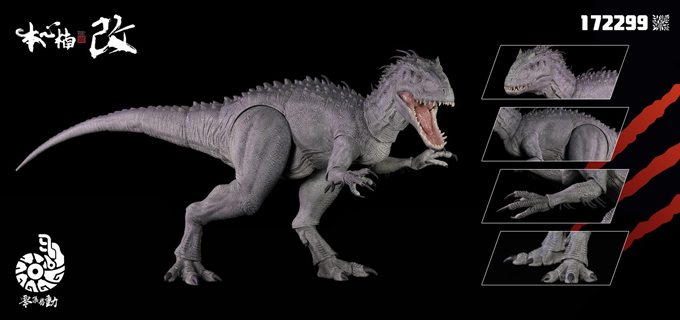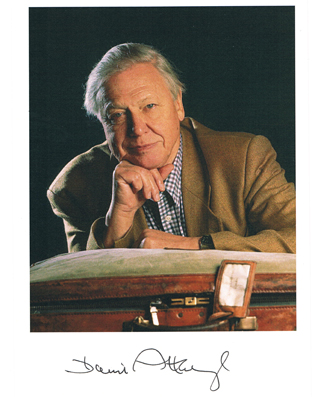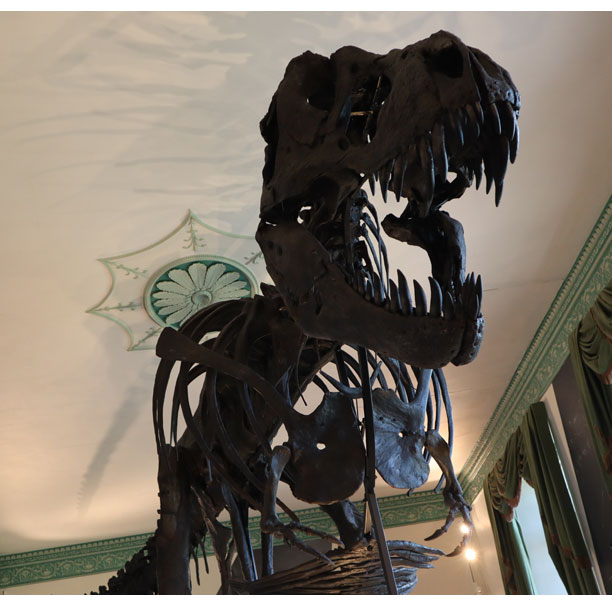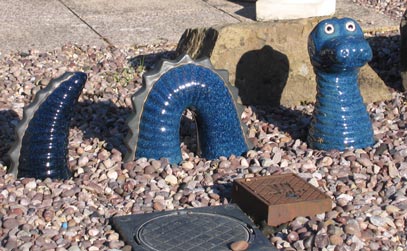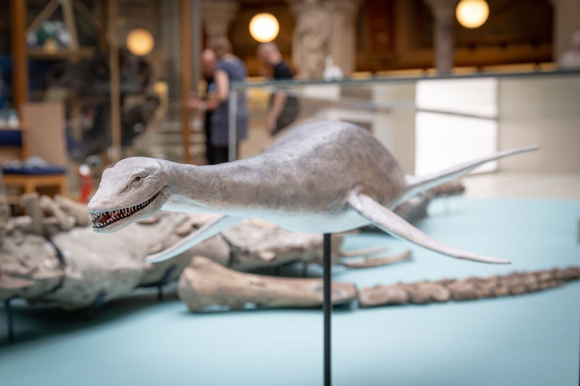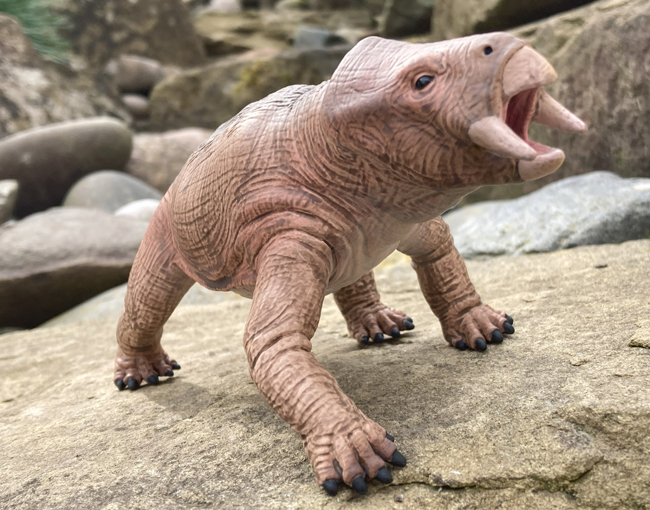Numerous bonebeds associated with horned dinosaurs are known. For example, the remains of hundreds of Pachyrhinosaurus lakustai have been excavated from a single site in Alberta, Canada. Fossil sites such as this provide evidence that many horned dinosaurs lived in herds. However, until recently there was very little evidence to support the idea of a herd of Triceratops. That the most famous horned dinosaur “three horned face” formed large, social groups.
To read about the excavation of a Pachyrhinosaurus skull from a bonebed: Remarkable Horned Dinosaur Skull Excavated from Bonebed.
Researchers from the Naturalis Biodiversity Centre (Leiden, Netherlands) have helped to change our view of Triceratops. They have identified the remains of a least five individuals that lived and died together. A decade of careful study of a dinosaur bonebed discovered in Wyoming has revealed that Triceratops too moved around in groups.

An artist’s reconstruction of a herd of Triceratops dinosaurs. Picture credit: Bart Bus.
Picture credit: Bart Bus
A Fossil Site Reviews a Herd of Triceratops
Ironically, the field team set out to find a T. rex. Nonetheless, what they found in the summer of 2013 has proved to be of much greater value to science than a single theropod specimen. The research work at the Lance Formation (Maastrichtian) exposures has revealed a large bonebed of Triceratops (T. horridus). Over the last decade, some twelve hundred individual bones have been excavated from the site. Importantly, the abundant postcranial material displays features of both subadult and adults. This fossil locality can shed new light on the ontogeny and possible gregarious behaviour of this iconic dinosaur.

Field team member Jimmy de Rooij digging up a Triceratops fossil. Picture credit: Marten van Dijl (Naturalis Biodiversity Centre).
Picture credit: Marten van Dijl (Naturalis Biodiversity Centre)
A team of palaeontologists and volunteers spent many summers at the site mapping and extracting the precious bones. One of the researchers Jimmy de Rooij hopes to receive a PhD from Utrecht University for his work on this remarkable bonebed.
He commented:
“The material is of very god quality. This enabled us to show that these Triceratops grew really slowly for instance.”
It is thought that all these dinosaurs perished together, perhaps mired in a swamp. The fossils are all contained in a thin layer, without the bones of other species present.

Jimmy de Rooij holding a Triceratops horn. Picture credit: Naturalis Biodiversity Centre.
Picture credit: Naturalis Biodiversity Centre
Publishing Scientific Papers and Opening an Exhibition
A scientific paper outlining the fossil discoveries and postulating that this was strong evidence to indicate that Triceratops horridus was gregarious was published in 2019. However, the research into this treasure trove of horned dinosaur bones continues today. An exhibition telling the story of the Wyoming bonebed and its significance to palaeontology has opened at the Naturalis Biodiversity Centre.

A sixth Triceratops specimen on display at the Naturalis Biodiversity Centre. Picture credit: Naturalis Biodiversity Centre.
Picture credit: Naturalis Biodiversity Centre
Study of the physical and chemical properties of hundreds of individual bones indicates that Triceratops migrated. All five Triceratops specimens exhibit the same characteristics. In other words, this iconic dinosaur species moved around in groups, at least for part of the time. Visitors to Wyoming at the end of the Cretaceous might have spotted a herd of Triceratops!
A Herd of Triceratops horridus
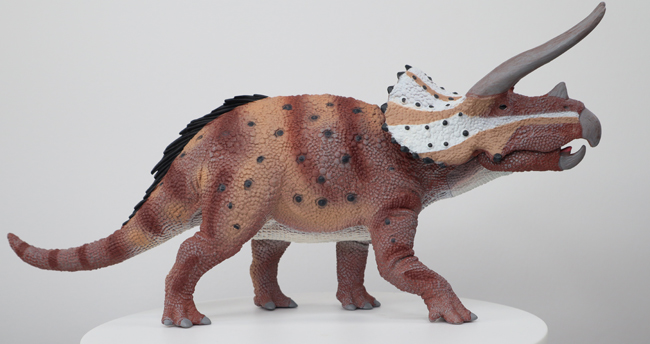
The CollectA T. horridus ceratopsian figure in right lateral view. This Triceratops dinosaur model has an articulated lower jaw. Picture credit: Everything Dinosaur.
Picture credit: Everything Dinosaur
The image (above) shows a 1:40 scale model of Triceratops horridus. This is the biggest Triceratops species described to date and one of the largest ceratopsids known to science. The replica is from the CollectA Deluxe range of scale prehistoric animal figures.
To view the CollectA Deluxe range: CollectA Deluxe Age of Dinosaurs Models.
The discovery of what potentially could be a small herd of Triceratops poses some intriguingly questions. For example, did these herbivores indulge in complex social behaviours?
Professor Anne Schulp (Naturalis Biodiversity Centre/Utrecht University), and De Rooij’s PhD supervisor proudly stated:
“Naturalis, the national natural history museum of the Netherlands, now has the biggest Triceratops find in the world, and Utrecht University has the first Dr Triceratops in the Netherlands. De Rooij’s work didn’t just result in research papers, but also in an exhibition about his findings.”
Mike from Everything Dinosaur commented:
“The exhibition will give dinosaur fans young and old the chance to learn more about Triceratops. Indeed, visitors will be able to see the five fossil Triceratops specimens together some sixty-seven million years after they lived and died together.”
Visit the Everything Dinosaur website, which is award-winning and customer-friendly: Dinosaur Models and Prehistoric Animal Figures.
Everything Dinosaur acknowledges the assistance of a media release from the Naturalis Biodiversity Centre in the compilation of this article.
